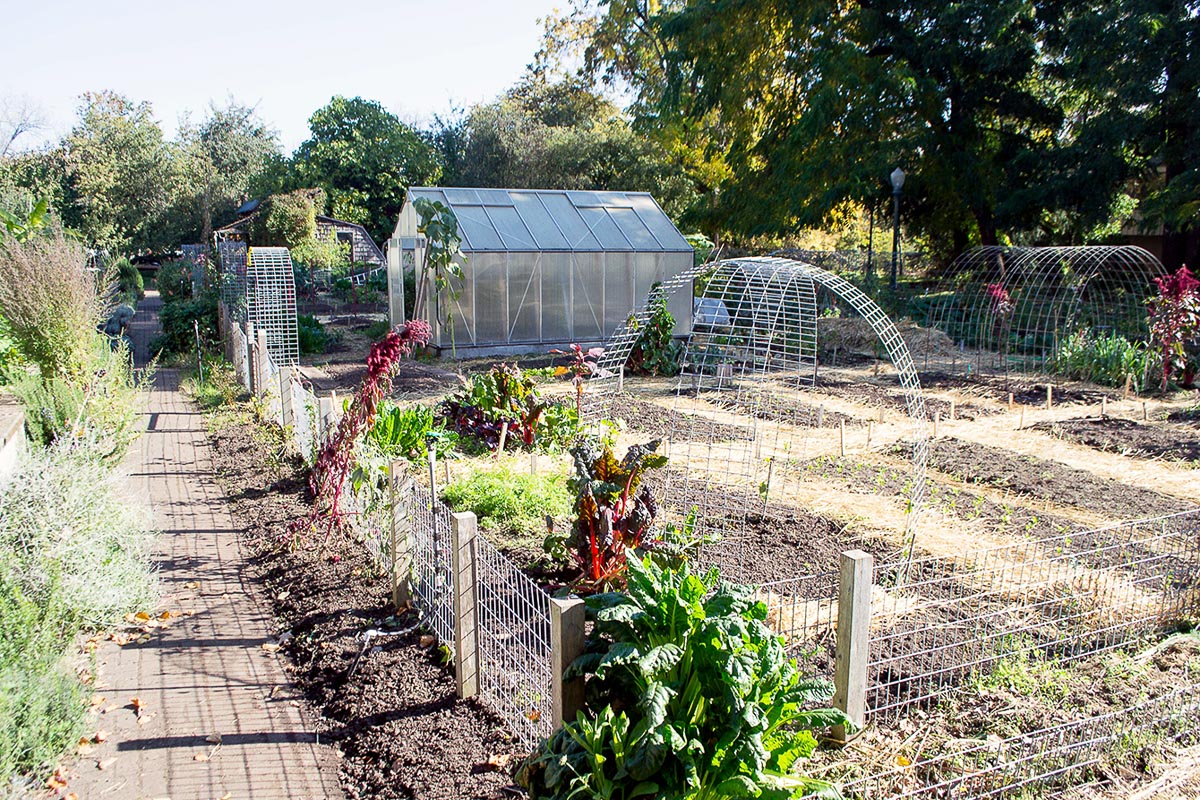City Blooming Fundamentals Explained
City Blooming Fundamentals Explained
Blog Article
Not known Details About City Blooming
Table of ContentsFascination About City BloomingExamine This Report about City BloomingThe smart Trick of City Blooming That Nobody is DiscussingThe 5-Minute Rule for City BloomingAll About City Blooming
Interested in expanding food offer for sale in the City of Chicago? Thinking of beginning a neighborhood yard? Modifications to the Chicago Zoning Ordinance enable farming usages like community yards and urban ranches in lots of parts of the city. Below is a listing of regularly asked questions regarding the rules and laws that growers ought to think about when preparing an urban agriculture project.
The zoning amendment does not modify any various other codes managing composting, building permits, acquiring or leasing City owned residential or commercial property, service licenses or ecological contamination. There are existing codes that regulate these problems and they remain completely effect and may be applicable to your project. Neighborhood yards are normally had or handled by public entities, civic organizations or community-based companies and kept by volunteers.
Urban ranches expand food that is intended to be offered, either on a not-for-profit or for-profit basis. As a result of their commercial purpose, metropolitan farms call for a service license. Yes. An area yard is permitted to market excess produce that was expanded on website if the sales are accessory or subordinate to the yard's main function described above.
City Blooming Can Be Fun For Everyone
The amount of garden compost product can not exceed 25 cubic backyards at any type of provided time according to the standards in 7-28-715 of the City's Municipal Code. Due to the fact that the soil at most brand-new garden websites needs amending, garden compost, soil, wood chips, or various other materials can be gotten to construct or enhance the growing room.

If a structure permit is needed after that the hoophouse will be thought about an accessory structure. You can figure out even more concerning the structure authorization needs by speaking to the Department of Structures. The 25,000-square-foot dimension restriction is intended to prevent a single community garden from controling an offered block or interfering with the block's existing property or commercial character.
The limit does not apply to gardens situated in Public Open Space (POS) districts. Can there be more than one community garden that is 25,000 square feet on a single block? Fence is not needed, nevertheless, gardens that have big car parking areas may be needed to set up secure fencing or get redirected here other landscape design attributes.
Indicators on City Blooming You Need To Know
B1 & B2 areas require that all commercial usage activities be carried out inside your home. Is fencing required for city farms? Fencings might be needed, along with landscaping and testing, for particular parking locations and exterior work or storage areas depending on place and the details task taking location.
Urban ranches call for building permits and zoning approvals prior to building (garden care). Other forms of city review might be needed depending on details structures, tasks, dimension, landscape design, licensing, public health and stormwater management problems.
The Department of Business Affairs and Consumer Protection can help identify the specific type of business permit that's called for. Off road parking is required for the majority of business projects in Chicago. The required number of car park areas is based on the number of staff members working on website and not the square video of the expanding room.
Some Known Questions About City Blooming.

An urban ranch can sell compost product produced on website, nonetheless, the procedure has to conform with the regulations in 7-28-715 of the Chicago Municipal Code. Aquaponic systems are permitted indoors on metropolitan farms in many zoning districts.
Up to 5 hives or nests of honey may be maintained as an accessory usage. However, beekeepers have to sign up with the Illinois Department of Farming. For additional information about the recommended zoning amendment you may call the Division of Real Estate and Economic Advancement, Bureau of Preparation and Zoning at 312.744.8563.
Farming in cities and city areas A city ranch in Chicago. Urban farming describes numerous methods of cultivating. https://www.brownbook.net/business/52834376/city-blooming/, handling, and dispersing food in city areas. The term additionally uses to the location tasks of pet husbandry, tank farming, beekeeping, and horticulture in an urban context. Urban farming is distinguished from peri-urban farming, which occurs in country locations beside suburban areas.
Rumored Buzz on City Blooming
It can entail a motion of organic farmers, "foodies" and "locavores", who look for to form social networks based on a common ethos of nature and neighborhood holism. These networks can establish by method of formal institutional support, ending up being integrated right into local town as a "transition community" activity for lasting metropolitan advancement.
Some of the initial evidence of urban farming comes from Mesopotamia.
Report this page